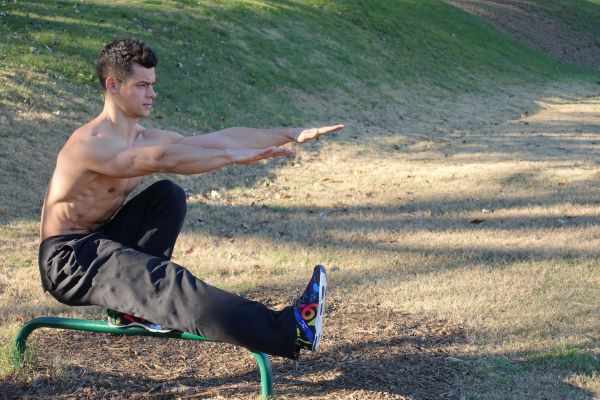Calisthenic gymnastics
For a balanced body and spirit
According to historians, calisthenics most likely has its roots in ancient Greece, specifically in Taurokataphasia, where training was done with body weight. Another estimate of its origin was the way the Spartans exercised in the camps. Other accounts claim that callisthenics is related to the historian Callisthenes Olynthius, who recorded the training method of the troops in M. Alexander's campaign. In the 19th century the Americans brought it back to the fore and more specifically it was a woman, Catharine Esther Beecher, who as an educator strongly supported the education of women for the purpose of their emancipation and used callisthenics as a way of training these young women.
Callisthenics is a word with two compounds, callos and valence. Beauty and symmetry marry strength and endow the body with a healthy balance of muscularity, self-control and grace. It is a type of functional training, in which no weights or exercise machines are used, but only the body weight of the exerciser. Through a series of demanding exercises, calisthenics effectively trains the muscles of the body, aiming at symmetry and harmony.
Calisthenic gymnastics is aimed at everyone, regardless of age, gender and physical condition. The benefits of calisthenics are many, both for the body and for the spirit, being the epitome of 'A healthy mind in a healthy body'. Physically, it increases endurance, helps with weight loss, improves balance, works out symmetrically, improves performance in other types of exercise, increases muscle mass, helps prevent injuries, and improves posture. Spiritually, calisthenics cultivates discipline, concentration, perseverance, patience, willpower and strengthens inner fortitude.
Based on the way they are performed, calisthenics exercises are divided into two main branches: free and static. The freestyle exercises are reminiscent of instrumental gymnastics and include swinging, twisting exercises, etc. The static exercises, as their name suggests, are of a static nature, such as the vertical, dips and human flags. In general, calisthenics training includes strength and endurance exercises, isometric exercises, flexibility exercises, acrobatic exercises, explosiveness exercises, and combination exercises, using the weight of more than one exerciser.

 English
English
 Ελληνικά
Ελληνικά Русский
Русский
 Original Article Posted by
Spyros Papapetros
Original Article Posted by
Spyros Papapetros






